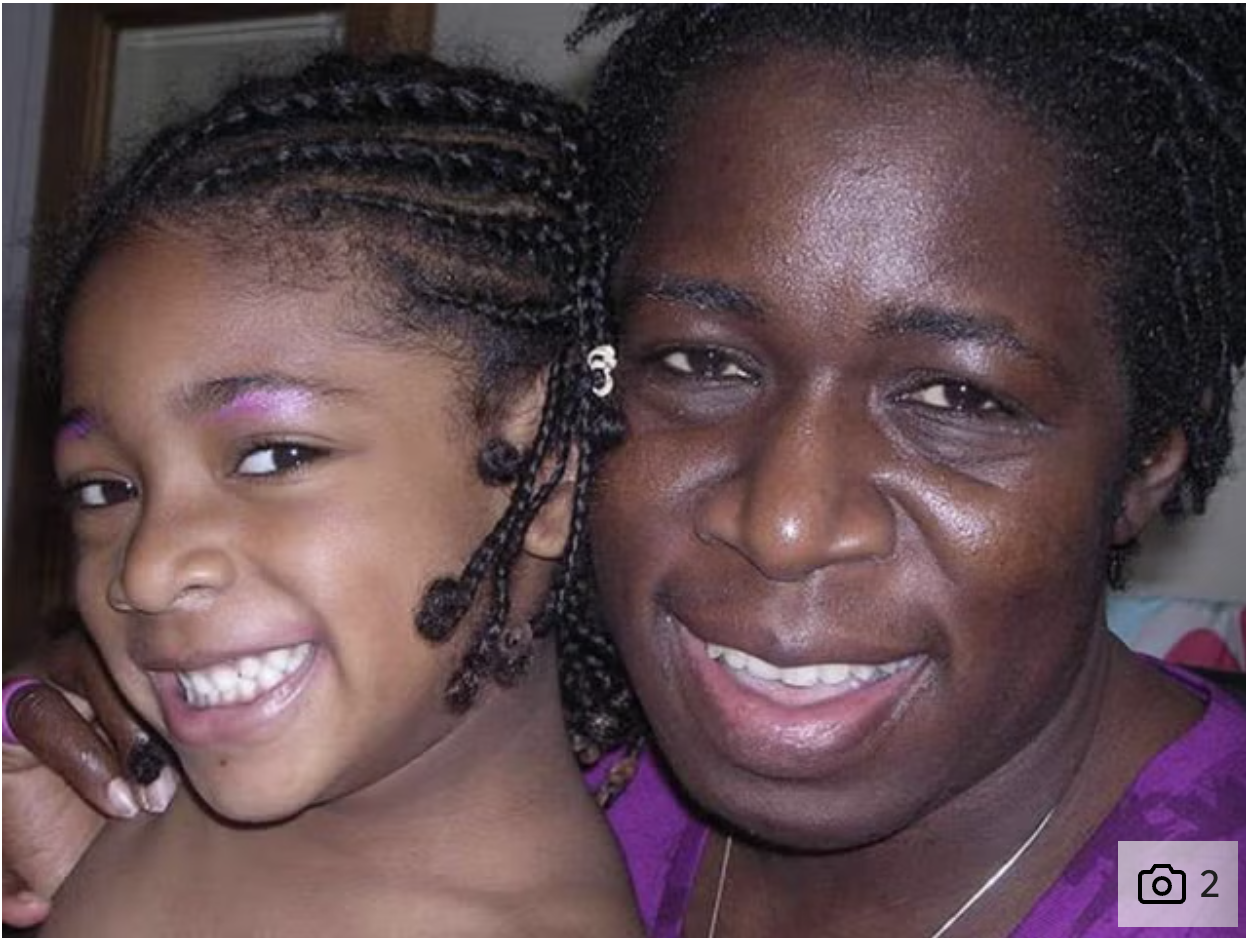Children and young people are particularly vulnerable to the adverse health effects of poor air quality as their bodies (including lungs and brains) are still developing and they breathe faster than adults – so take in proportionally more air.
99.8% of schools in England are in areas where outdoor PM2.5 is modelled above WHO levels.
So it’s not only Ella Kissi Debra – the only person with air pollution on her death certificate – who was/is harmed.
The bad effects continue when individuals get older: an impressive 72-year follow-up study from Scotland has found that higher air pollution exposure in early life is associated with worse health among older adults.
Across London over a quarter (27% overall – up to 43% in some boroughs) of car driver trips in the morning are for school drop-off.
Indoor air quality – inside schools – is also important.
Its been calculated that each child breathes around 7.2 million litres of air at school.
Poor air quality impacts children’s attention levels and ability to concentrate.
Nearly 1000 schools have already joined the SAMHE (Schools’ Air quality Monitoring for Health and Education) citizen science project.
Even better than just measuring what’s happening, 200 of London’s most polluted schools are having air filters fitted.
Asthma affects 1 in 11 children in UK.
The UK has the worst death rate for asthma in children and young people out of 15 countries in Europe.
Hospital asthma admissions for children increased by 149% in England and Wales between 2021 and 2022. 19,506 children were admitted with asthma symptoms in 2021 compared to 7,850 in 2020.
This rise could be fuelled by increased mixing after the relaxation of COVID-19 lockdown restrictions, and so more exposure to colds and flu viruses – common triggers for asthma attacks.
The pandemic may have meant that children missed vital routine checks of their medication and care: two thirds of all people with asthma did not receive an annual asthma review at the height of the pandemic.
SO WHAT TO DO?
Please dont be part of the school run problem: walk or bike if you can – preferably along less busy roads, maybe in a ‘walking bus‘. Or use communal travel: buses or tubes if you can.
If you must drive – save money and young lungs and #Engine Off Every Stop
If you’ve got asthma, have you got an asthma plan?
If no, please contact your GP/practice nurse to get one.
If yes, check its up to date, and that you’re actually using it.
Has your school got inside air monitoring? What do the results show? What changes has the school made about the results? Is it enough?
Even better, has your school got air filtering? If not, when is it going to get it?
If you dont already have a School Street and/or Controlled Parking Zone join up with other local parents to get that sorted!
Mums for Lungs is a great resource – you can join their mailing list for free.
During / after young people exercise, they will be breathing harder / their heart will be beating faster: so its even more important to think of air pollution.
DONT stop exercising! Unless your airtext advisor says you should.
But DO properly cool down after exercise – get your heart rate back to normal – before you head out to walk or drive home.
Check out the other advice on in-home pollution, travel, where you live, and risk.
